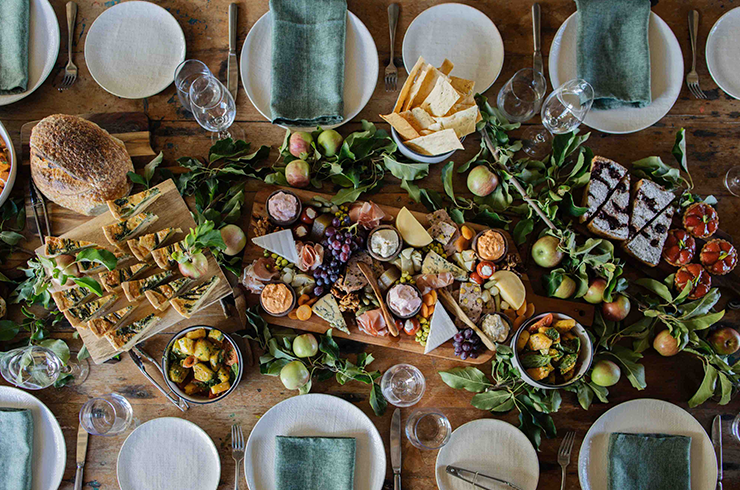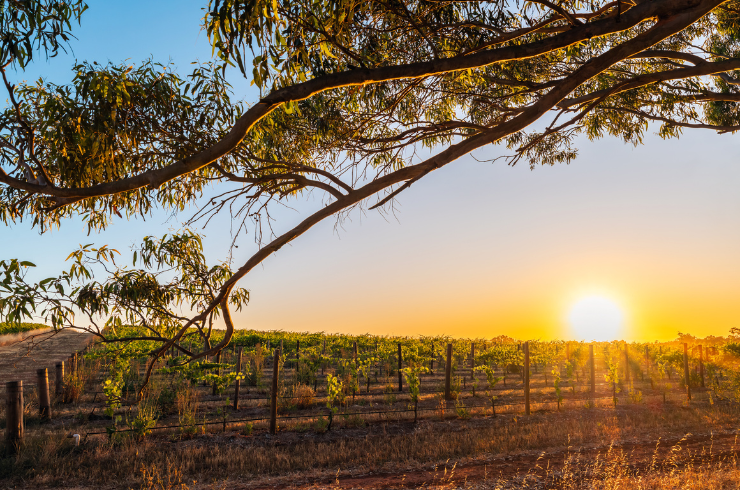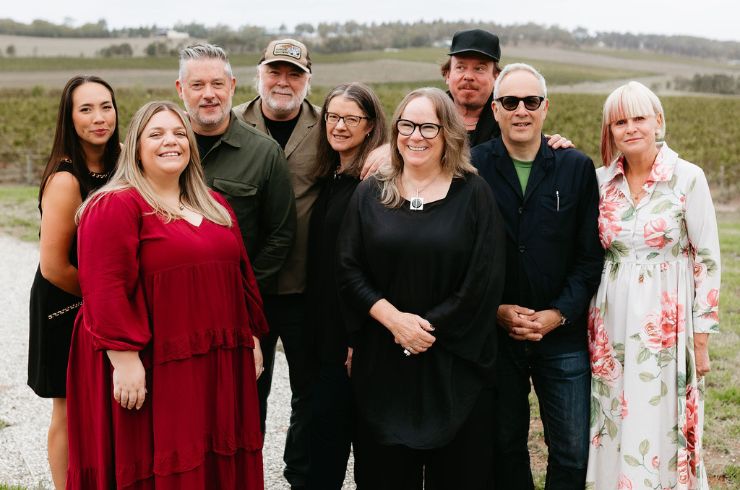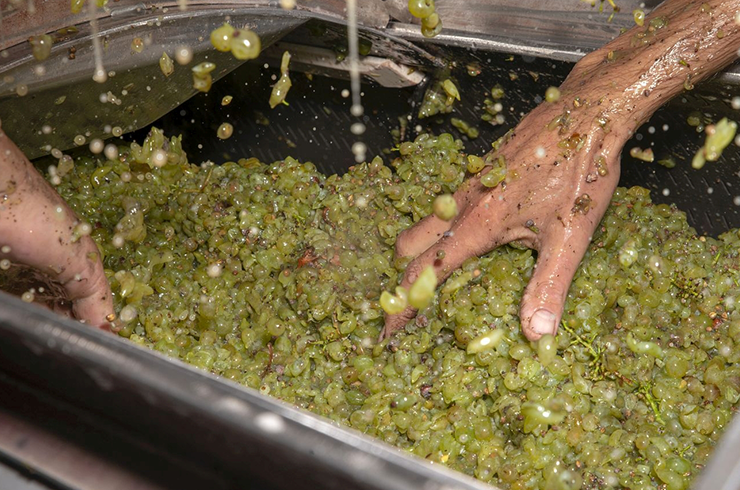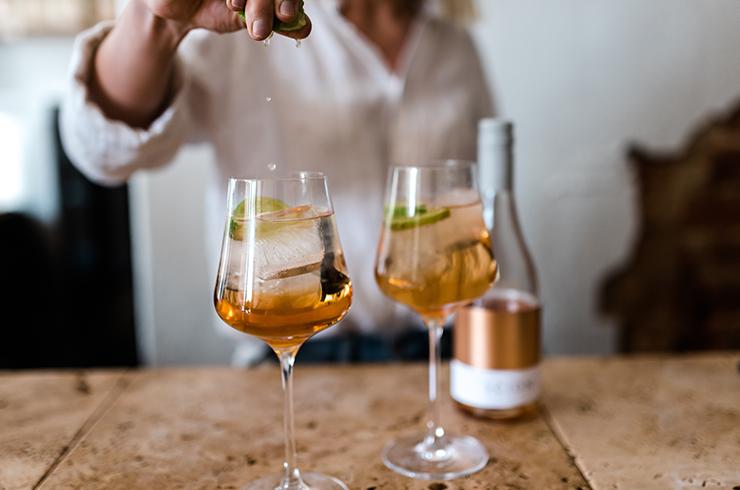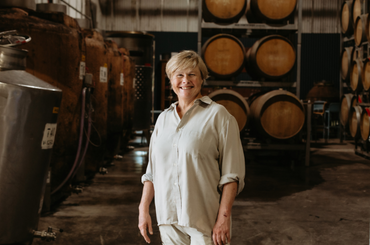Picture this: you're travelling in Italy, and you happen to visit an unassuming trattoria. You indulge in an unforgettable, luxurious, long lunch.
What do you drink to assist your digestion? A beer? Try again.
Amaro in Italy has a long history, the first commercial example was created back in the 19th century. Even when it temporarily fell out of fashion, in the 1960s, it was used as a medicine – an alcoholic concoction of herbs, spices, fruits, roots, flowers, and some secret ingredient that had miraculous healthy properties (one of which uncluttered your guts). Amaro has always been considered the perfect end to a long and delicious meal to aid in digestion. The word itself translates from Italian to 'bitter', but this bittersweet herbal liqueur is undoubtedly an irreplaceable part of the Italian dining experience.

Amaro's other principal role is an aperitif. It’s perfect for the job to prepare and sharpen the palate ahead of an explosion of different flavours. Look at one of the hottest bitter cocktails of the moment in Australia – the negroni.
"Consumers are becoming quite well versed in the world of bitter drinks and amari (the plural of amaro)," says Anthony Izzillo, director of Sydney’s De Vine Food & Wine. Anthony says that the consumption of amaro-based cocktails has exponentially increased in recent times. "The negroni has become a household name – compared to five years ago when not many knew what it was."
Amaro has a special place in the heart of hospitality workers because it can create a unique connection to the Italian gastronomy. "When matching it with food, dessert is the most common. The Italians build up their bittersweet finish with desserts. Whether it be with affogato, tiramisu or biscotti," says Anthony.
"I love to drink amaro as an aperitivo, digestivo, and in cocktails. It adds a level of complexity to drinks," says Nazzareno Fazio of Aperitivo & Co (Australian distributor of premium Italian amari and vermouths).

George Curtis, owner of Before + After cocktail bar in Brisbane, has noticed that hospitality professionals see the amaro category as captivating, and one that challenges consumers to think about what they drink. George reckons the best way to enjoy amaro is before dinner, alongside quality tonic water. "I've yet to come across an amaro that doesn't work with tonic." While for the after-dinner moment, George is firm on serving the amaro neat. "I don't like introducing ice or garnish to amaro because it changes the way it tastes. The Italians haven't spent 300 years making the stuff just for us to pour it out the bottle and throw an orange slice into it."
So what about the Australian amaro producers who are creating their own styles?
"It’s hard to say because there aren’t many [producers]", says Matt Paul, director of Trembath & Taylor. "I think there is a belief that you can just batch it up at home like limoncello, but it takes real skills and knowledge of ingredients to develop the complexity and consistency."
Matt has been importing amari into Australia since early 2000. He says the only memorable Australian amaro he has tasted was homemade by David Razmoski of Melbourne’s Italian institution, Rosa’s Canteen.
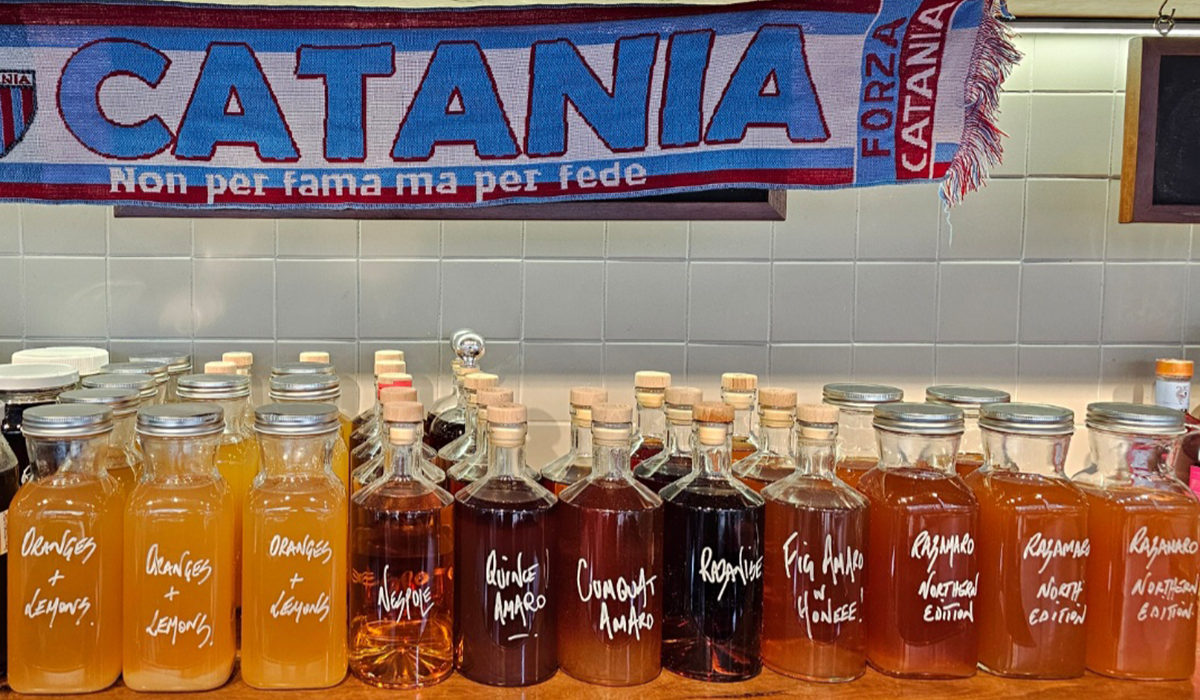
When asked about his love affair with amari, David speaks of some wonderful mentors who inspired him. "The amaro introduction began with my days at Giuseppe Arnaldo & Sons, at Crown Casino, working for Maurice Terzini and Robert Marchetti. Simon Benjamin who owns Napier Quarter in Fitzroy gave me the inspiration to start creating my interpretation of amari."
His first trial was seven years ago, working with Amaro Varnelli Tonico, from the region of Marche in Central Italy. Tonico is sweetened with honey; David would add three expressions of Victorian honey, and seasonal ingredients. "Rosa brings me fig leaves, anise, elderberries, bay leaves, plums, mulberries, the list goes on."
The time spent working in hospitality has also inspired former Melbourne chef, Dave Verheul who, after 25 years of creating recipes, decided to make vermouths and amari under the Saison Aperitifs label. While Dave has the skills and knowledge of working with ingredients according to the seasons, he admits that producing those drinks is far from easy. "The first time I made a vermouth it took me 16 attempts," he says. "There's no manual or indication, and everything is secretly guarded by European producers."
But Dave is excited to experiment further. "In Australia, we’re lucky to have a long history of food culture. We’re not like that in Italy, where things are done the same for centuries and never change. Here, you evolve and have freedom; we’re not going to upset any nonna."
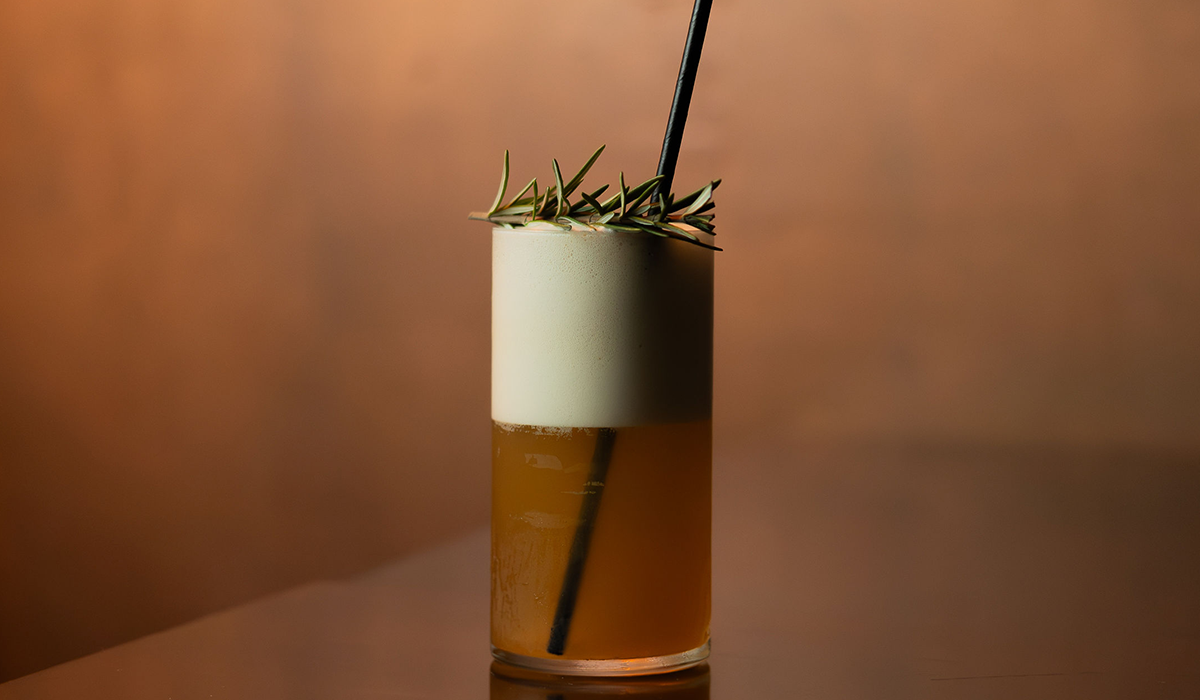
Nazzareno Fazio points out that some Australian producers can have a heavy hand with indigenous botanicals. While giving the local amari a lovely aromatic lift on the nose, they can also throw the palate out of balance, and overpower other ingredients when used in cocktails. For Matt Paul, it's the price of amaro in Australia that he sees as the barrier to success: "Here it’s a luxury, thanks to our high taxes that have increased to $101.85 per litre of alcohol, which we pay up front."
Michael Ryan, owner of Beechworth’s Provenance restaurant and Beechworth Bitters, says that the evolution of Australian amaro goes hand-in-hand with consumer demand. "[There's] plenty of room for growth. Customer education is the biggest and most important step... about 75 per cent of customers that come into my restaurant are not familiar with the term amaro."
Amari to try
Ischia Sapori Rucolino Amaro
This amaro comes from the tiny (and beautiful) Ischia island in Campania, and it's been my all-time favourite for a while. Based on baby rocket from Ischia, it shows a peppery character alongside candied lemon and tangerine. Darker in colour, it will please Fernet-Branca aficionados. It's perfect served neat. RRP $110.
Viere Hänte Amaro Hàntak
This is a discovery from Veneto in the northeast of Italy. You can't miss this one if you love Braulio. Interestingly, the alcohol comes from grains. It is a concoction of herbs, leaves and roots. Aromas of bay leaf, wild fennel, gentian, sweet basil, and laurel. The palate structure is captivating, with a citrus bitter bite and a clean finish. RRP $90.
Rosa’s Canteen Fig and Honey Amaro
Intense aromas and flavours of gentian, wild fig, lavender, and honeycomb with an accent of walnut. A very elegant and well-balanced amaro that's not overly sweet. A favourite of Rosa's Greek diners, because it reminds them of walking in a fig grove on the Greek islands. Only available at Rosa's Canteen.
Saison Aperitifs Vin Amaro Marigold
Dave has infused several varieties of marigolds, venus apricots, coriander seeds, smoked white grapefruit skin, and burnt blood orange. The base is from a skin contact fiano sweetened with local honey and aged in old oak previously used for pinot noir ageing. RRP $64.Latest Articles
-
Win
Win a stunning collection of Plumm glassware and wine, valued at over $500
2 days ago -
Wine Lists
Top Christmas wines under $30 (and five worth splurging on)
2 days ago -
Wine Lists
Why you should drink Australian this festive season (and 80 of our best wines to try)
2 days ago -
From the tasting team
The Aussie wines the Halliday Tasting Team will be opening this festive season
2 days ago

